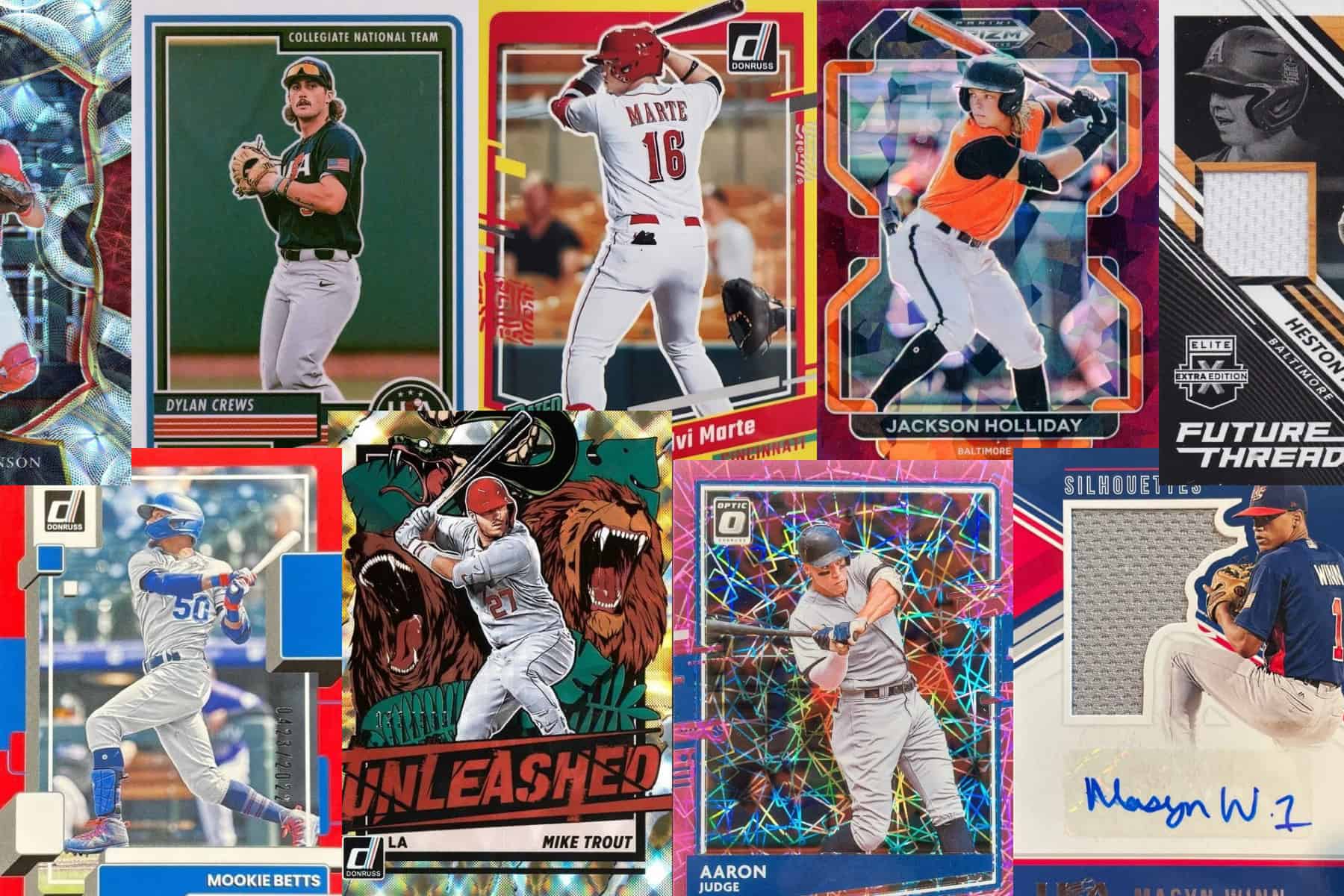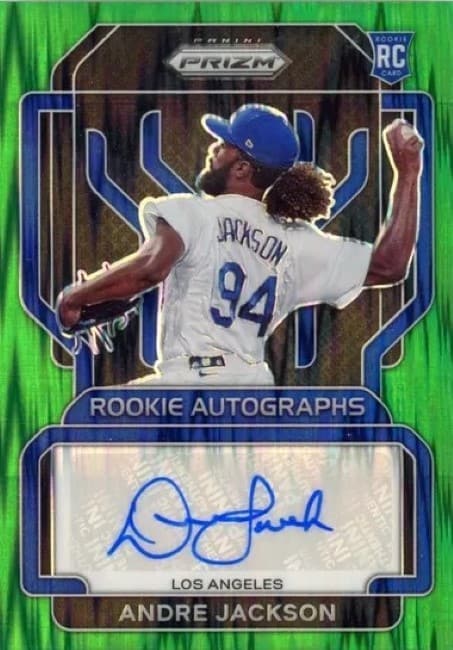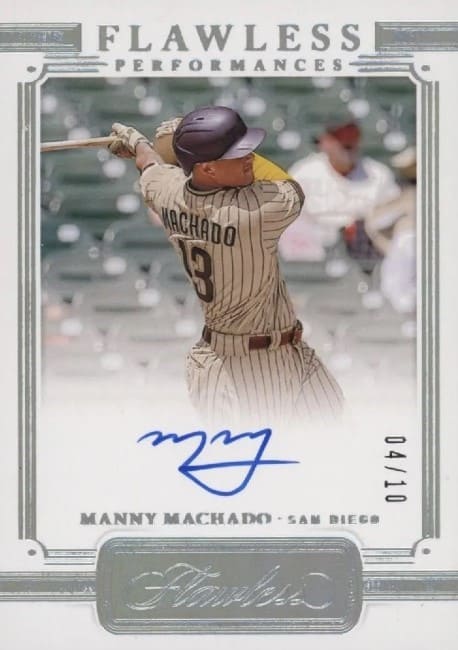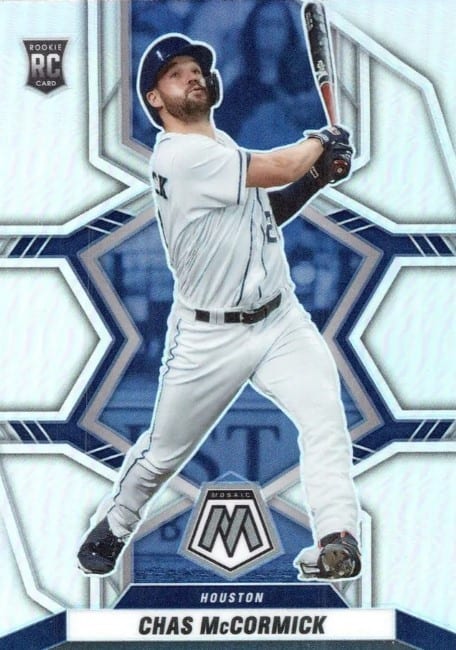Your cart is currently empty!

For baseball fans and collectors, trading cards offer a tangible connection to the sport’s heroes and history. Among the industry leaders, Panini America stands out for its flashy designs and sought-after autographs, and also a unique product line that favors prospects and rookies. Panini baseball cards are also a budget-friendly option for many collectors.
In this article, we’ll delve into Panini baseball cards, exploring their product lines, company ethos, and how they stack up against Topps.
From Stickers to Baseball Cards
The Panini story begins in Modena, Italy, in 1961. The Panini brothers, Giuseppe, Franco Cosimo, and Umberto, started with publishing comics and stickers, quickly becoming synonymous with vibrant sticker collections across Europe. Their sticker books were popular among European sports like soccer, with special issues for events like the World Cup.
Panini’s success led them to the world of American sports, initially through licensing agreements with the NBA and NFL. In 2009, Panini America was born, marking their official entry into the baseball card market with the acquisition of Donruss, a veteran card producer.
Panini Baseball Cards’ Mission

Panini America’s goal is to create innovative collecting experiences. They prioritize partnerships with prep and college players, rookies, and international stars. These targets are intentional, because they don’t have a license from MLB (only Topps has a license). Therefore, Panini can only publish cards with player names and cities, not MLB team names or logos.
Panini Baseball Cards’ Product Lines
Panini boasts a diverse lineup of baseball card lines, each targeting specific collector preferences and budgets. Here are some key highlights:
- Flagship lines: Prizm, Select, and Chronicles are considered Panini’s premium offerings, featuring high-quality materials, intricate designs, and coveted autograph and memorabilia cards. Prizm, known for its “chromatic refractor” technology, is a fan favorite for its visual appeal and potential investment value.
- Hobby-focused lines: Immaculate Collection and Mosaic cater to the high-end collector segment, offering ultra-rare inserts, game-used memorabilia, and autographs from legends and superstars.
- Mainstream lines: Donruss, Legacy, and Absolute provide more affordable options with classic card designs and inserts targeting both seasoned collectors and newcomers.
- Retail-focused lines: Diamond Kings and Score offer accessible entry points for casual collectors and kids, featuring affordable packs and familiar player sets.
- Rookie-centric lines: Chronicles Draft Picks and National Treasures Draft Day focus on up-and-coming prospects, allowing collectors to chase the next generation of baseball stars.
Panini vs. Topps

Topps is the baseball card juggernaut, not only because of its age, but because it is the only card company with a license to use MLB brand names and logos. However, each has their strengths and weaknesses.
Panini’s Strengths
- Innovation: Panini embraces bold designs, unique inserts, and technological advancements, keeping their products fresh and exciting.
- Player diversity: Their focus on rookies, international stars, and lesser-known players offers a broader collecting experience.
- Autograph and memorabilia: Panini offers a wider variety of autograph and memorabilia cards, catering to collectors seeking signed treasures.
Panini’s Weaknesses
- Quality control: Inconsistency in card quality has been a recurring criticism for some Panini lines.
- Investment value: While some Panini cards hold high value, they may not reach the same sustained demand as established Topps lines.
- Accessibility: High-end Panini products can be expensive, potentially creating a barrier for newer collectors.
Topps’ Strengths
- Legacy and brand recognition: Topps boasts a longer history and stronger brand recognition, attracting collectors familiar with their classic designs.
- Investment potential: Established Topps lines like Bowman have a proven track record of holding value, appealing to investment-minded collectors.
- Accessibility: Topps offers a wider range of affordable products, making it easier for new collectors to enter the hobby.
Topps’ Weaknesses

- Innovation: Topps can sometimes be perceived as slower to adopt new trends compared to Panini’s bold approach.
- Limited player focus: Topps primarily focuses on established stars, potentially leaving rookie and international collectors wanting more.
- Autograph and memorabilia: The availability of autographs and memorabilia cards in Topps products can be lower compared to Panini.
Conclusion
The beauty of baseball card collecting is that there isn’t a one-size-fits-all approach to pursuing the hobby. Many fans collect both Topps and Panini products and never think to compare the two. Whether you are a seasoned hobbyist chasing elusive autographs or a casual fan dipping your toes into the collecting world, Panini presents a vibrant and dynamic alternative in the baseball card landscape.
While their focus on innovation and player diversity sets them apart, challenges with quality control and accessibility remain areas for improvement. Ultimately, Panini stands as a bold challenger, urging collectors to look beyond tradition and embrace the thrill of the unexpected.
Tags:
Share:

